Cover Letter Paragraphs What You Need to Know
A cover letter is your first chance to make a strong impression on a potential employer. It serves as a personalized introduction, accompanying your resume and providing context to your application. While your resume provides a factual overview of your skills and experience, the cover letter gives you the opportunity to showcase your personality, express your enthusiasm for the role, and explain why you’re the perfect fit. Mastering the art of writing effective cover letter paragraphs is crucial for making a compelling case for your candidacy. This guide will break down each essential paragraph, offering tips and strategies to help you create a cover letter that grabs attention and secures an interview.
Cover Letter Paragraphs The Introduction
The introduction is the first paragraph of your cover letter, and its primary purpose is to capture the reader’s attention and establish your intent. A well-crafted introduction immediately tells the hiring manager why you’re writing and what position you’re applying for. This is your initial opportunity to make a positive impression and encourage them to continue reading. This paragraph is the gateway to the rest of your letter, so it’s important to make it count, setting the tone and providing a brief overview of your suitability for the role. A strong introduction creates anticipation, prompting the reader to delve further into your qualifications and experience.
Grab Attention
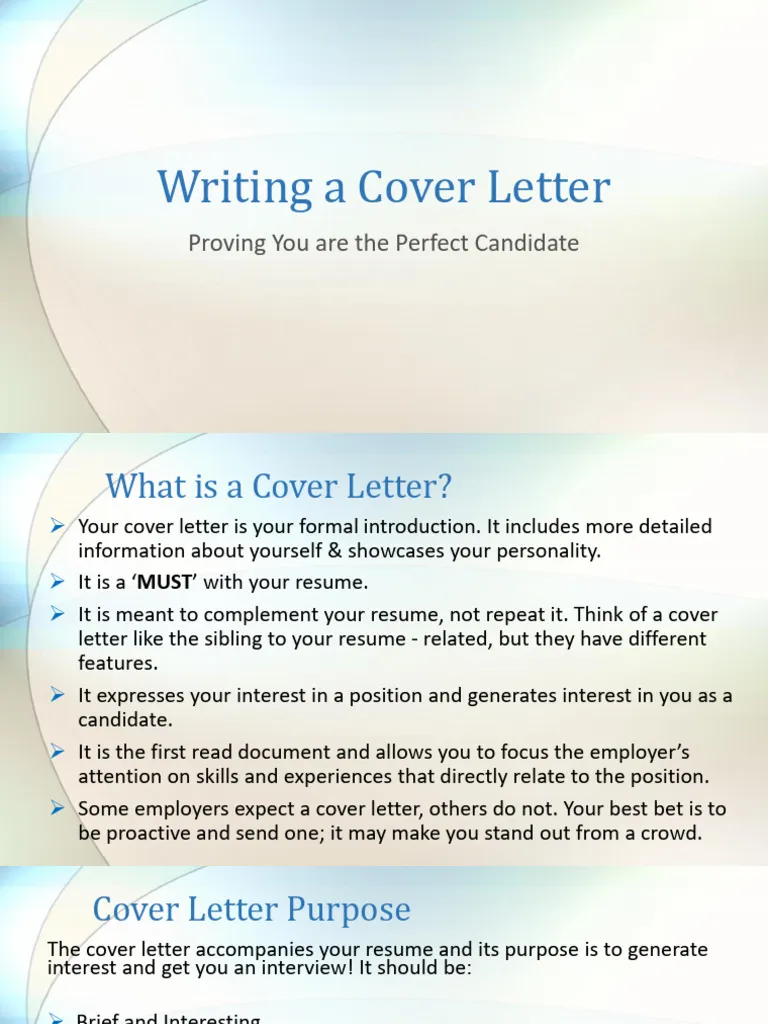
Start your cover letter introduction with a hook. This could be a compelling statement about your interest in the company or the role, a reference to a shared connection, or an enthusiastic expression of your skills and how they align with the company’s mission. Avoid generic opening lines like “I am writing to apply for the position of…” Instead, opt for something that shows you have researched the company and understand their needs. For example, if you are passionate about the company’s latest project, mention it. This helps to distinguish your application from the others and immediately captures the hiring manager’s interest.
State Your Purpose
Clearly state the purpose of your letter in your introduction. Mention the specific position you are applying for and where you found the job posting. This information helps the hiring manager quickly understand what your letter is about. Avoid vague language; be precise and direct. If you were referred by someone, mention their name as well. This shows a professional approach and ensures that your application is correctly directed. Keep the tone professional and enthusiastic, clearly communicating why you’re a suitable candidate for the role. This paragraph also helps to set the stage for the rest of your cover letter.
Cover Letter Paragraphs The Body Paragraphs
The body paragraphs of your cover letter are where you highlight your skills, experiences, and achievements. This section allows you to expand on the information provided in your resume and demonstrate how your qualifications align with the job requirements. Each paragraph should focus on a specific aspect of your experience, providing concrete examples and evidence to support your claims. The body paragraphs should make a compelling case for your candidacy, providing a detailed overview of your professional background and how you would contribute to the company’s success. This part of the cover letter is essential for showcasing your value.
Highlight Relevant Skills and Experience
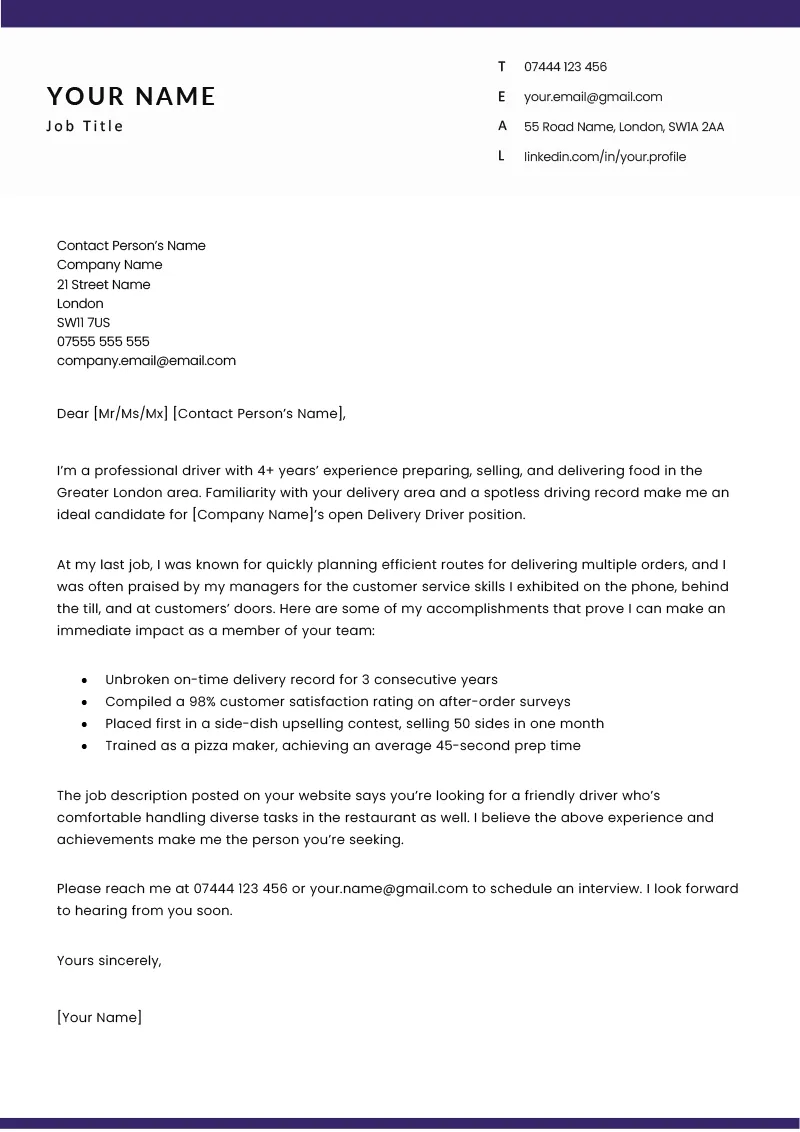
Identify the key skills and experiences that the employer is looking for, then address those in your body paragraphs. Use the job description as a guide, and focus on the qualifications that are most relevant. Instead of simply listing your skills, provide specific examples of how you’ve used them in previous roles. Briefly describe the context of your achievements, what actions you took, and the positive outcomes. Use clear and concise language that is easy to understand. Avoid jargon unless it is common within the industry. Demonstrating your relevant skills effectively in the body paragraphs makes a lasting impression, as it directly connects your abilities to the job’s requirements.
Use Action Verbs
Action verbs are essential in cover letters because they help make your writing more dynamic and impactful. Start your sentences with strong action verbs to describe your accomplishments and responsibilities. Words like “managed,” “led,” “developed,” “implemented,” and “achieved” provide a sense of activity and accomplishment. They bring your experiences to life and show that you were a proactive and results-oriented employee. Using action verbs makes your cover letter more engaging and helps the hiring manager quickly grasp your contributions. Avoid passive language; instead, use active verbs to demonstrate your abilities.
Quantify Achievements
Whenever possible, quantify your achievements to demonstrate the impact of your work. Using numbers and statistics gives concrete evidence of your contributions, making your claims more credible. For example, instead of saying “Improved customer satisfaction,” say “Improved customer satisfaction by 15% through a new feedback system.” This specificity adds weight to your statements. Quantifying achievements helps the hiring manager understand the value you bring to the table, demonstrating how you have positively impacted past employers. This demonstrates your ability to achieve real results.
Cover Letter Paragraphs The Closing Paragraph
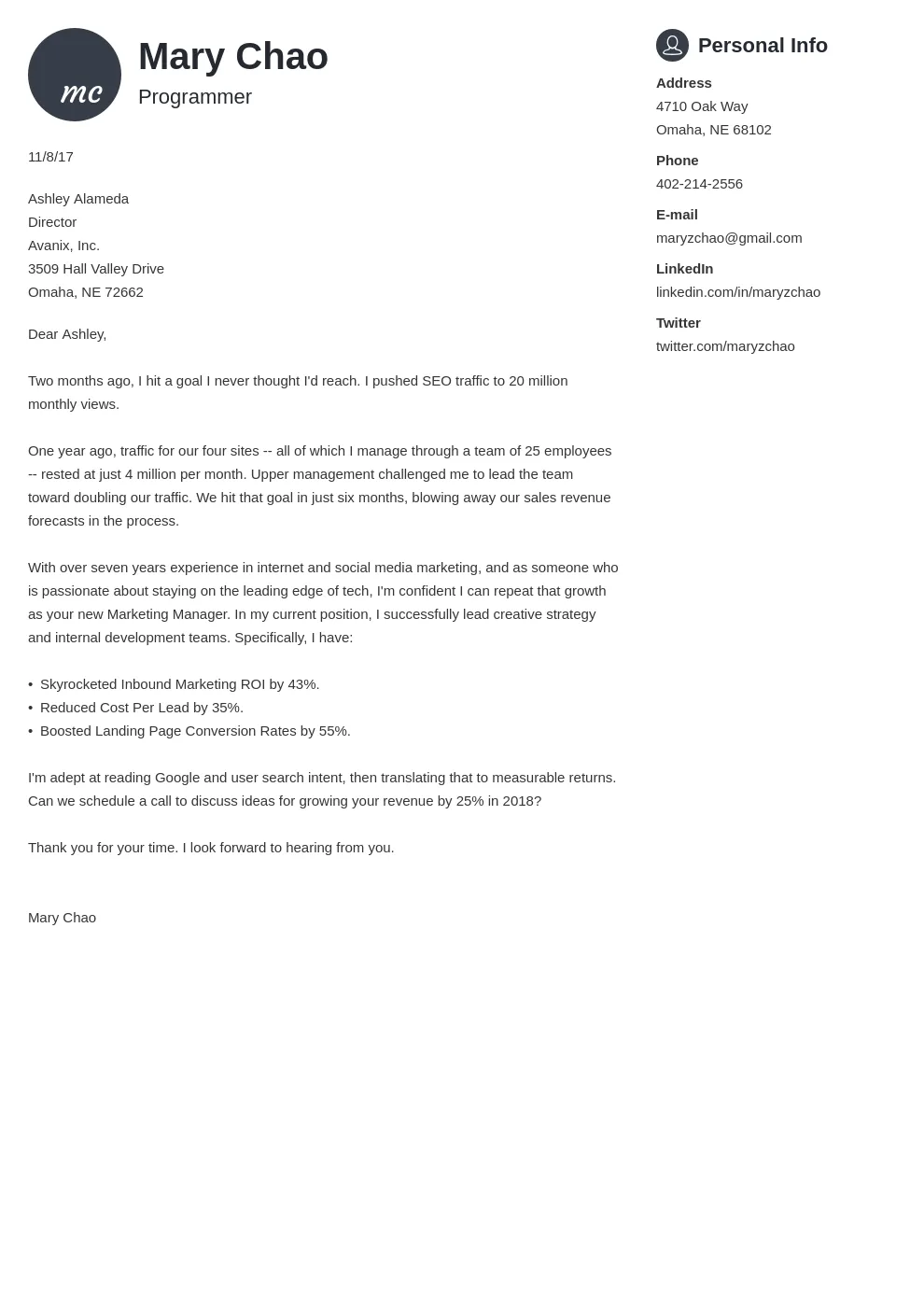
The closing paragraph of your cover letter should reiterate your interest in the position and provide a call to action. This paragraph offers a final opportunity to make a strong impression, expressing your enthusiasm for the role and the company. It reinforces your suitability for the position and encourages the hiring manager to take the next step. The closing paragraph ensures you conclude your letter in a professional and confident manner, leaving a positive impression and prompting a response from the employer. Proper closing provides a sense of closure.
Reiterate Interest
Reiterate your interest in the position and the company in your closing paragraph. Briefly summarize why you’re excited about the opportunity and what you bring to the table. This reinforces your enthusiasm and reminds the hiring manager of your key qualifications. Show that you have done your research and understand the company’s mission and values. Expressing genuine interest helps to establish a personal connection, making your application more memorable. It demonstrates your eagerness to contribute to the company’s success and underscores your suitability for the role.
Call to Action
End your cover letter with a clear call to action. This could be a request for an interview or an offer to provide more information. Make it easy for the hiring manager to respond. Thank the reader for their time and consideration, and provide your contact information (email and phone number). This call to action encourages the employer to take the next step in the hiring process. It indicates your readiness and willingness to move forward. Always proofread the closing to ensure it is error-free and professional. Provide a clear pathway to contact you.
Cover Letter Paragraphs Formatting and Style
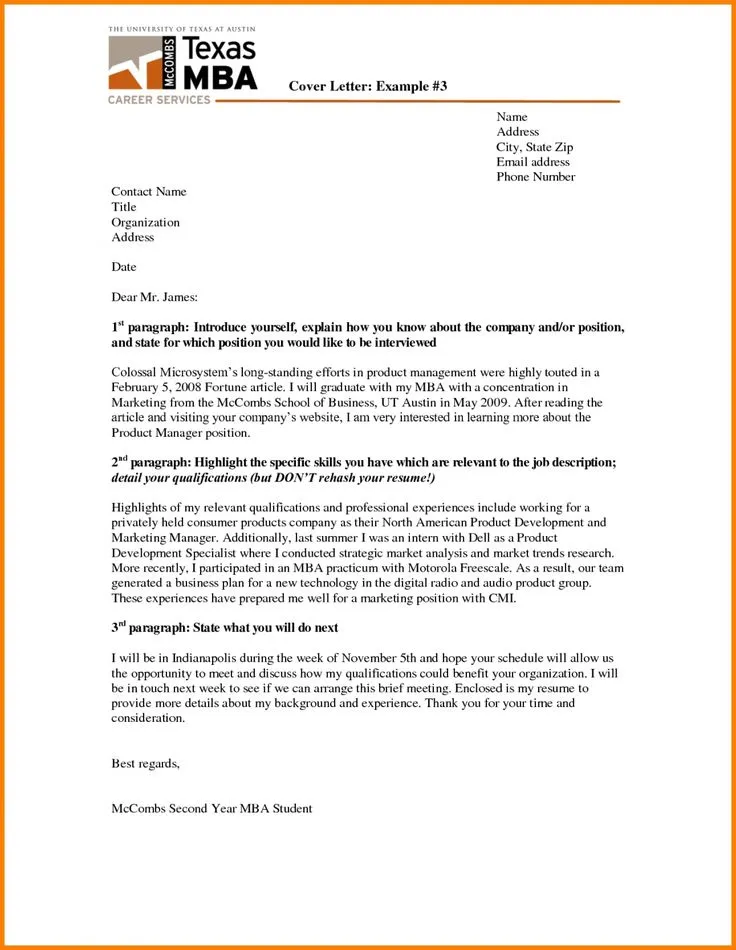
Effective formatting and style are crucial for ensuring your cover letter is readable and professional. The appearance of your cover letter can significantly impact how the hiring manager perceives you, reflecting your attention to detail and professionalism. Consistency in formatting and attention to detail are key to making a good impression. Proper formatting includes appropriate font choices, margins, spacing, and careful proofreading. This section of the guide focuses on key formatting elements to help you create a polished and impressive cover letter.
Font and Font Size
Choose a professional and easy-to-read font for your cover letter, such as Times New Roman, Arial, or Calibri. The font size should be between 10 and 12 points. Using a readable font ensures that the hiring manager can easily read your letter. Avoid overly stylized or decorative fonts, which can be distracting. Consistency in font and size across your cover letter helps create a cohesive and professional appearance. The goal is to present your content clearly and attractively, which supports the overall impact of your writing.
Margins and Spacing
Use standard margins (1 inch on all sides) and double-space between paragraphs for better readability. This layout provides sufficient white space, making the cover letter easier on the eyes. Proper margins prevent your text from appearing cramped, while double-spacing enhances readability. Consistent spacing and margins demonstrate your attention to detail and help create a professional presentation. The balance of text and white space is crucial for making your cover letter visually appealing and easy to read. Proper layout contributes to the overall effectiveness of the document.
Proofreading
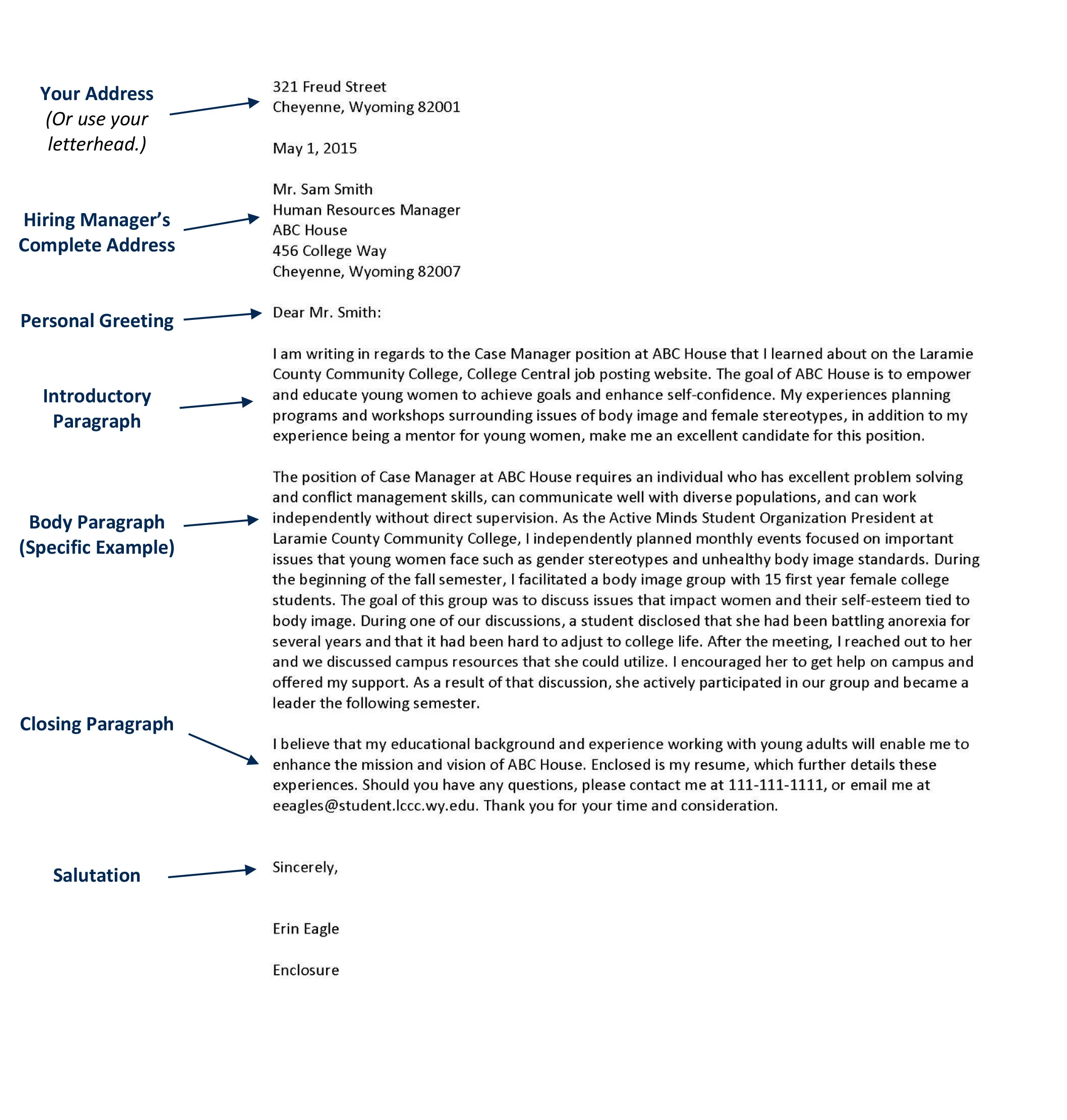
Thoroughly proofread your cover letter before submitting it. Errors, such as typos, grammatical mistakes, and incorrect information, can damage your credibility. Carefully check for spelling errors, punctuation mistakes, and grammatical issues. It is a good idea to have someone else review your cover letter as well, as a fresh pair of eyes can often catch errors that you might miss. Proofreading shows your attention to detail and professionalism. A polished and error-free cover letter demonstrates that you are serious about the opportunity and that you pay attention to detail, which can be very persuasive to a potential employer. Make sure that your cover letter is flawless.
